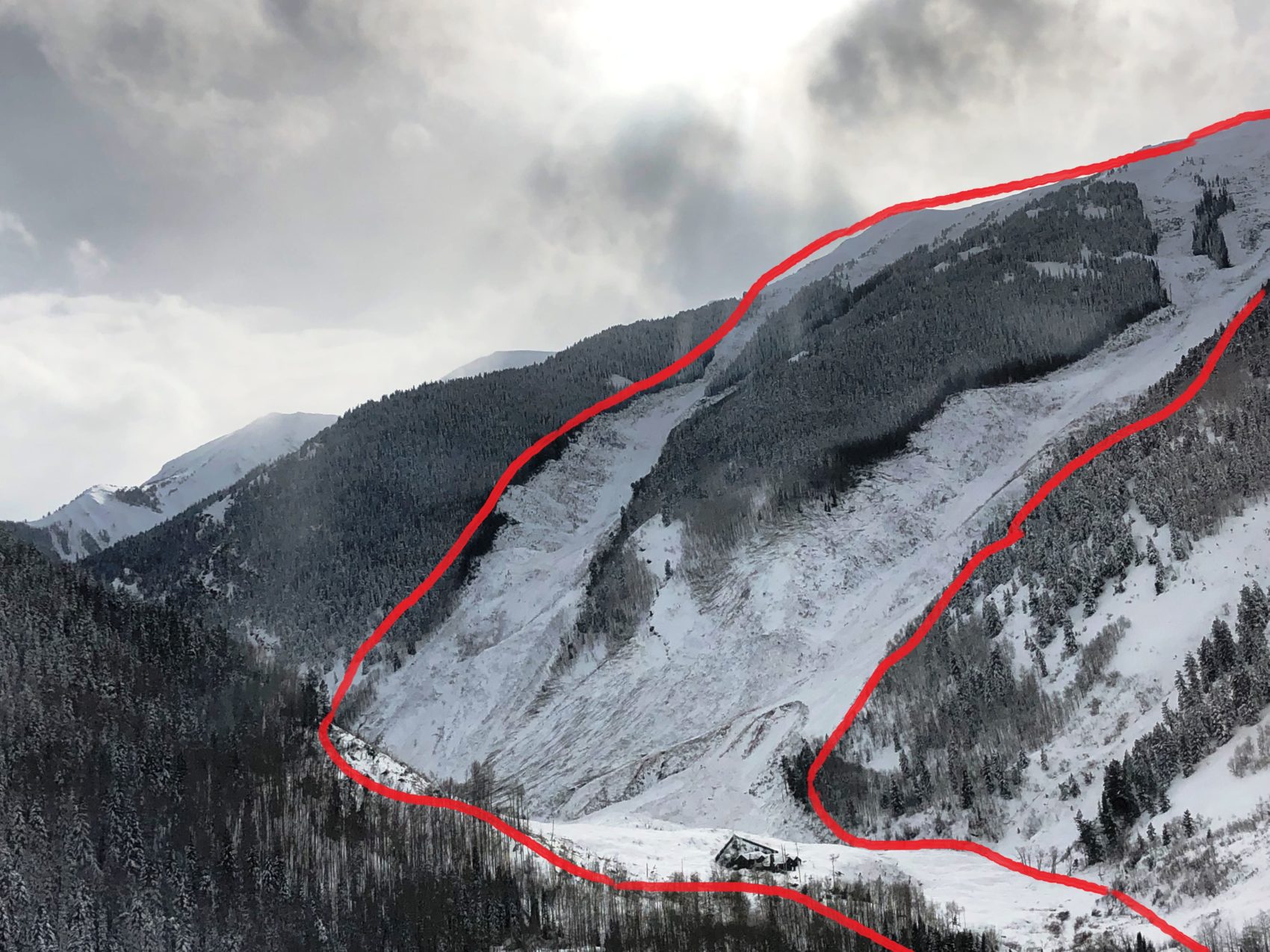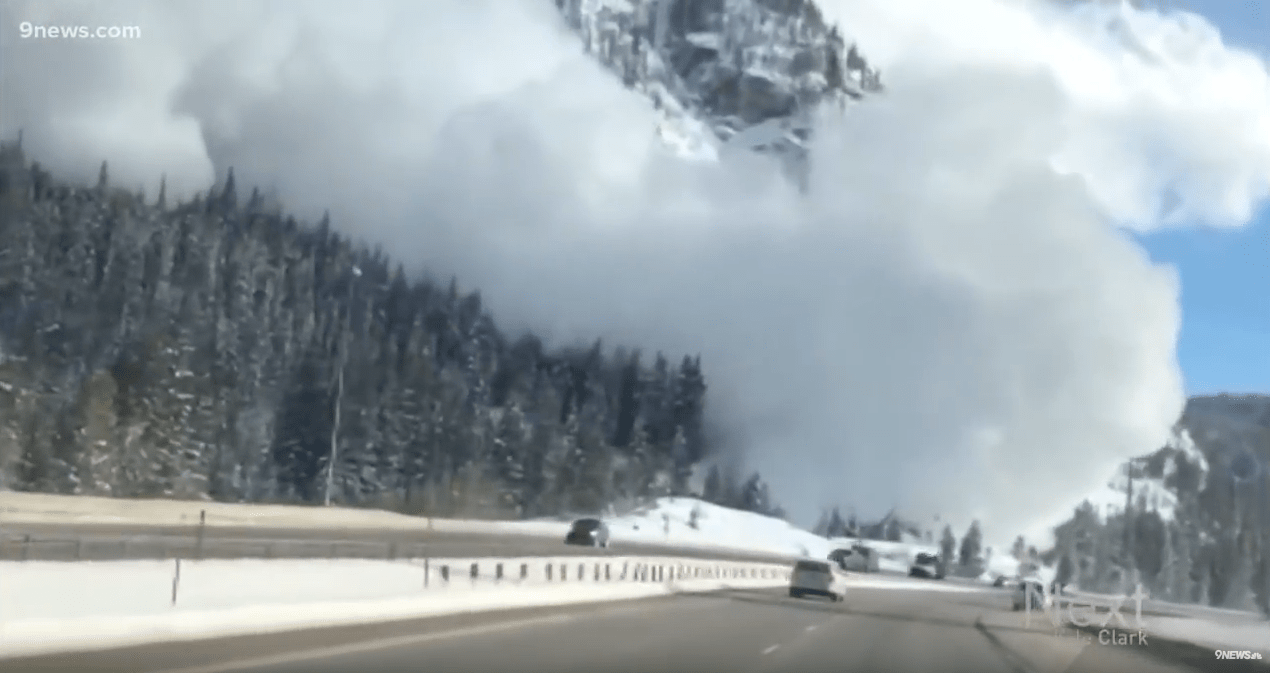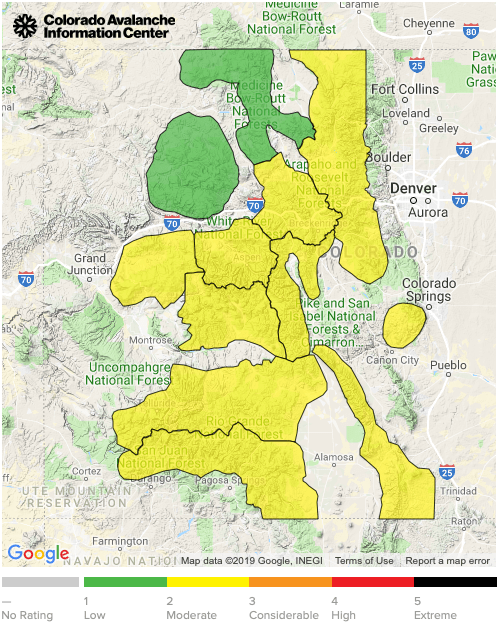
Storms sweeping across the Colorado Rocky Mountains this winter have caused the highest avalanche danger since the ratings began in 1973, writes NPR. More than 3,000 avalanches already have taken place in Colorado alone, and they’re unusually large.
- You might also like: VIDEO: To Understand Colorado’s Insane Avalanche Season We Need to Look Back to October’s Weather
A section of White River National Forest, just outside of Aspen, is known as Highlands Ridge. The valley below that ridge is now buried because of a huge slide. The snow is deep enough that treetops barely poke out. The trees that aren’t buried haven’t fared much better.
“Old 50-foot, 60-foot, 70-foot trees have been snapped like toothpicks,” says Zachary Paris, property manager for the house at the bottom of two new avalanche paths below the ridge.

The Colorado Avalanche Information Center (CAIC) estimates that the Highlands Ridge slide could be the largest in almost 300 years and that it reached speeds of more than 110 miles per hour.
“We’re seeing much more of these large and destructive avalanches,” says Brian Lazar, a deputy director of the center, “We saw more in the first 10 days of March than we’d typically see in a five-year period.”
Avalanches are rated on a scale out of 1 to 5. The Highlands Ridge snow slide was a 4.5. It’s just one of the hundreds of record-breaking slides triggered in Colorado’s high country so far this year. Research suggests that, as the climate warms, wet snow avalanches like those he’s seeing now could start two to four weeks earlier than normal. That means a longer avalanche season.
“We’re certainly starting to see weather patterns which are intimately tied to avalanche activity that is different than what we’ve seen in past years,” Lazar says.

A longer season with warmer weather means an uptick in slides is likely, which makes controlling avalanches in ski areas like Aspen difficult. Avalanche season isn’t over. According to Lazar, as temperatures go up, so will the danger.